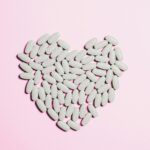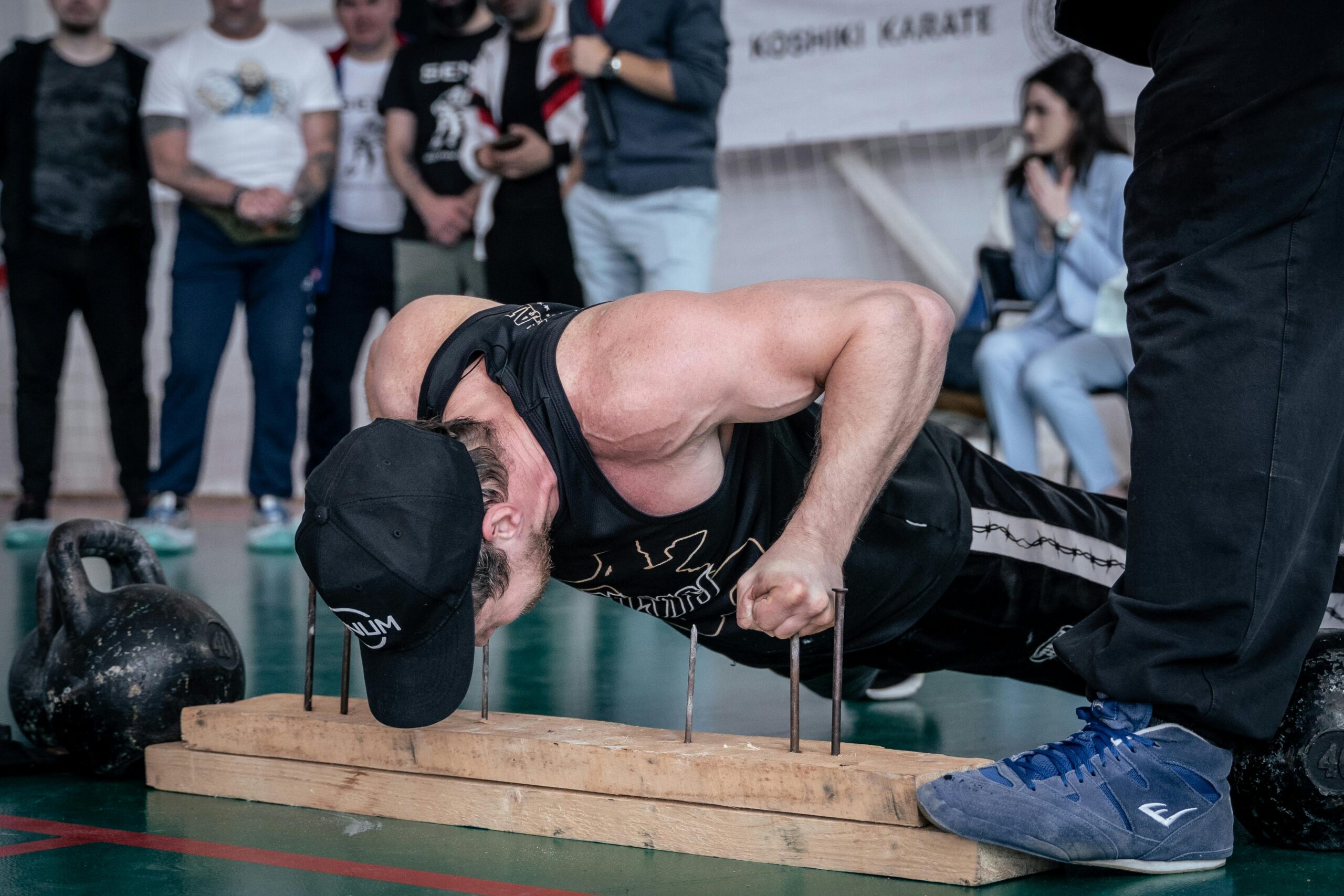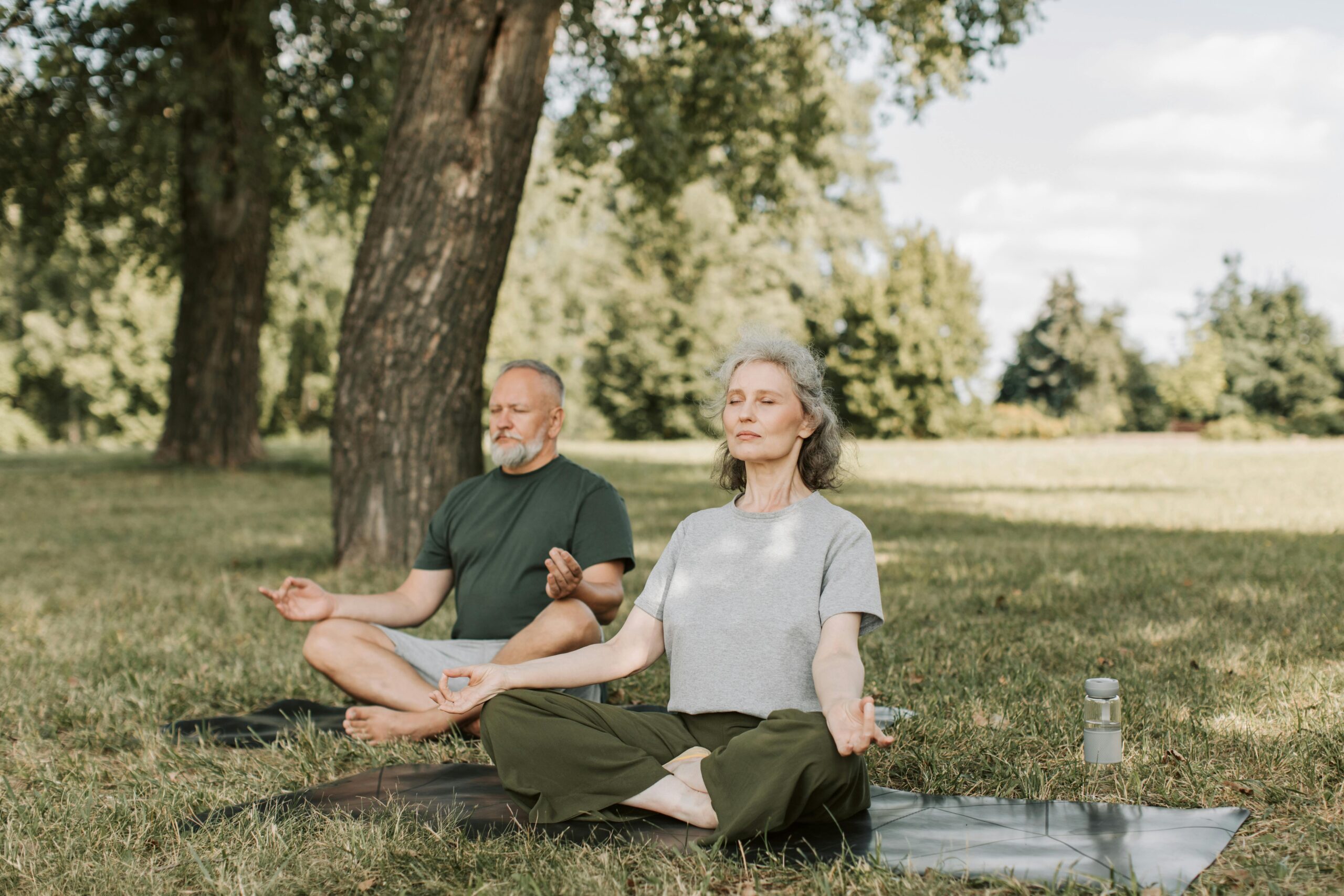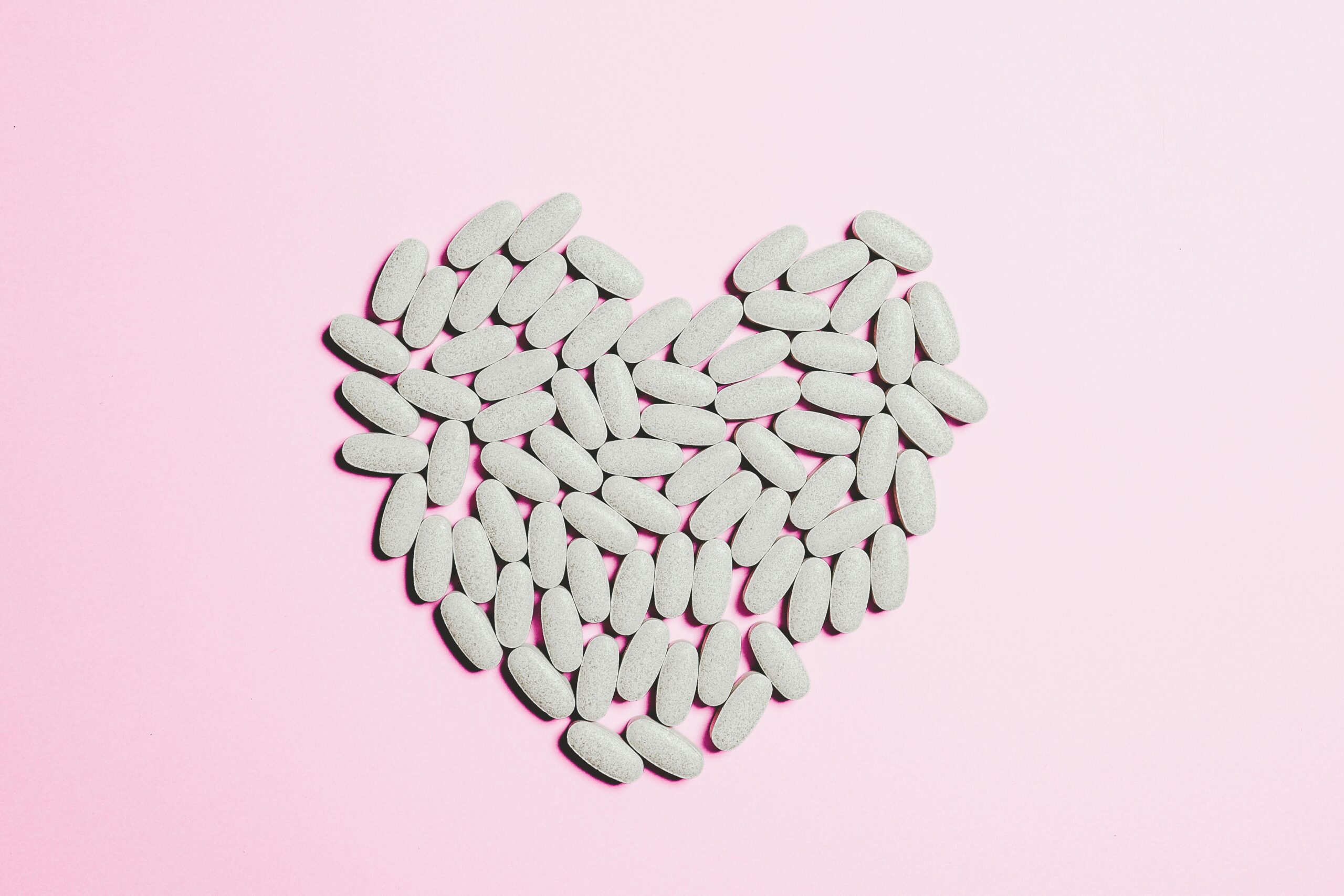Understanding VO2 Max: The Gold Standard for Aerobic Fitness

VO2 max, also known as maximal oxygen uptake, is an important index of cardiovascular fitness and performance in endurance. It’s the maximum amount of oxygen an individual can use while performing intense exercise, providing an indication of the adequacy of the cardiovascular and respiratory systems in delivering oxygen to the muscles. In this all-inclusive report, we will explore what VO2 max is, its measurement, significance in both fitness and sports performance, some factors that influence it, and methods to improve the value.
What Is VO2 Max?
VO2 max can be described as the highest rate that the body absorbs, transports, and uses oxygen while exercising. It’s commonly expressed in milliliters of oxygen used per minute per kilogram of body weight, or ml/kg/min. The higher a person’s VO2 max, the greater their aerobic fitness will be, an important aspect for athletes who wish to increase their endurance as well as for anybody seeking to improve their health and physical condition.
This is because VO2 max value varies from one individual to another. The variations range from age, gender, level of fitness, and genetics. While elite athletes will record VO2 max levels that are higher than 70 ml/kg/min, for sedentary persons, the value will range around 20-30 ml/kg/min.
Why is VO2 Max Important?
- Indicator of Aerobic Fitness: VO2 max is a good indication of aerobic capacity and endurance performance. In other words, it can be considered an indicator of how well the body can sustain long periods of exercise. This makes it very important for endurance athletes like long-distance runners, cyclists, and swimmers.
- Predictor of Performance: VO2 max has been used for many years to predict race outcomes in sports. As the VO2 max increases, so will bigger race times and better race outcomes for endurance events.
- Health Evaluation: Outside of sport VO2 max is an acceptable marker of general cardiovascular fitness. Low VO2 max values are associated with potential risk factors for diseases related to cardiovascular, obesity, etc.
- Efficiency of Training: Changes in VO2 max can be followed, allowing the individual to review his or her effectiveness at training and make improvements when needed to enhance fitness.
End
Laboratory and field test are the basic measurement methods used for VO2 max.
- Laboratory Testing: This is the gold standard measurement of VO2 max that involves a graded exercise test performed in a controlled environment on a treadmill or stationary bike. In this test, the exercise intensity is gradually increased, and the subject wears a mask that measures oxygen consumption and carbon dioxide production. The test is performed until the subject becomes exhausted. The data gathered in this test is used to determine the value of VO2 max.
- Field Testing: A number of field tests can estimate VO2 max without requiring any special equipment. Not only are these field tests easier to administer but also can be conducted in natural settings. Commonly used field tests are:
- The Cooper Test: One needs to cover as much distance as possible in 12 minutes on a run.
- The Rockport Walk Test: A one-mile walk with heart rate determination at its end.
- The 1.5-mile Run Test: The time to cover 1.5 miles.
Laboratory tests, even though the most accurate measure, are not available to most individuals. In these scenarios, field tests shall suffice.
Determinants of VO2 Max
There are various determinants of a person’s VO2 max.
- Genetics: Genetics plays an important role as inheritance goes a long way in dictating the levels of VO2 max. Some by natural birth right may enjoy high oxygen uptakes.
- Age: VO2 max peaks out at relatively younger ages but decreases progressively over the rest of a life. These changes with time are due to the inevitable factors of ageing but could be slowed if habitual exercise occurred.
- Sex: VO2 max average values are relatively higher for males compared to females. This might be because of the variation in body composition, hemoglobin level, and lung capacity, among others. Still, it is also established that training influences VO2 max drastically irrespective of sex.
- Training Condition: Aerobic exercise increases VO2 max by a large margin. The endurance athletes generally have a significantly high VO2 max levels than sedentary athletes.
- Body Composition: The percent muscle mass, for instance, favors VO2 max. An individual with higher percentages of muscle has enhanced oxygen uptake and utilization.
- Altitude: Altitude training elicits adaptive responses that enhance VO2 max. At altitude, reduced oxygen availability in the blood provokes physiological alterations enhancing oxygen transport and utilization.
Improving VO2 Max
The following are the specific training techniques for improving VO2 max with the boosting of cardiovascular fitness. Some efficient strategies are as follows:
- Aerobic Training: Aerobic exercises that are constant, like running, cycling, or swimming, enhance VO2 max. Sessions that last for longer durations at moderate intensities should build endurance.
- Interval Training: VO2 max can be enhanced with interval training, such as high-intensity interval training (HIIT). Here, short-term exercise is performed with recovery periods between exercises, stretching the cardiovascular system to its limits and enhancing oxygen use.
- Fartlek Training: Variations in intensity are taken over a continuous exercise, for example, running then sprinting for a given distance and recovering at easy pace. This kind of training develops both aerobic as well as anaerobic capacities.
- Long Slow Distance (LSD) Training: Longer, slower sessions improve on a strong aerobic base. It increases mitochondrial density and capillary networks, which also improve VO2 max.
- Resistance Training: Include resistance training for muscle strength and therefore an increase in fitness will provide indirect improvement in VO2 max. Use multiplanar exercises involving compound movement where several muscle groups are affected.
- Cross-Training: Avoid injury from overuse because the more variation you get the better you will work on your own. It improves cardiovascular fitness without increasing loads on your joints in high-impact activities as happens with swimming or rowing.
- Recovery and Nutrition: Recovery is essential, and proper nutrition improves VO2 max. Ensure that you have enough rest, sleep, and balanced nutrition to facilitate your training.
How to Monitor Progress in VO2 Max
There are different ways of monitoring improvements in VO2 max. They include:
- Repeat Testing: VO2 max can be retested under laboratory or field conditions after a period. You’d be able to observe progression over time. Test yourselves every few months to evaluate if your training is adequate.
- Wearables: Most new activity trackers and smartwatches estimate VO2 max in relation to heart rate and exercise. While these readings are less precise than measurements taken in the laboratory or field, they are relatively useful for detecting patterns throughout time.
- Performance Measures: Improvements in race times or the ability to complete longer workouts are also measured, and may reflect an increase in VO2 max.
CONCLUSION
VO2 max is an important measure of aerobic fitness, and thus of interest for both athletic performance and general health. It is through understanding how important it is, what it measures, and how to determine it that would enable them to set feasible fitness goals to enhance training programs. By using a different array of training methods aimed at increasing VO2 max, more people can tap into its potential for better performance and greater overall well-being. Whether you are an athlete at your best or someone looking to improve cardiovascular health, focus on VO2 max can actually result in dramatically transformative results in your workout journey.









